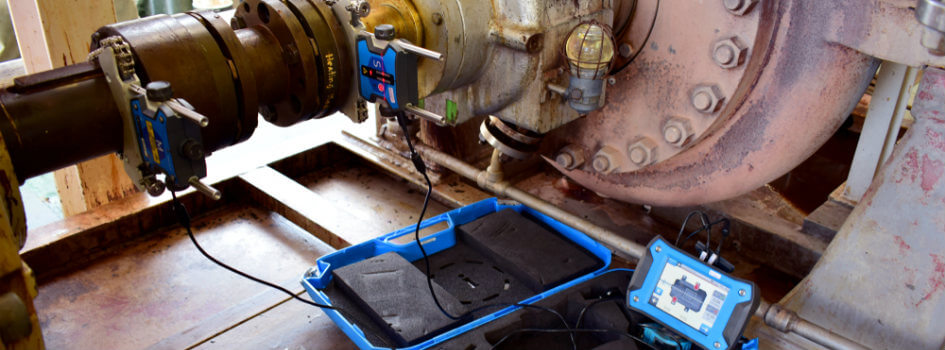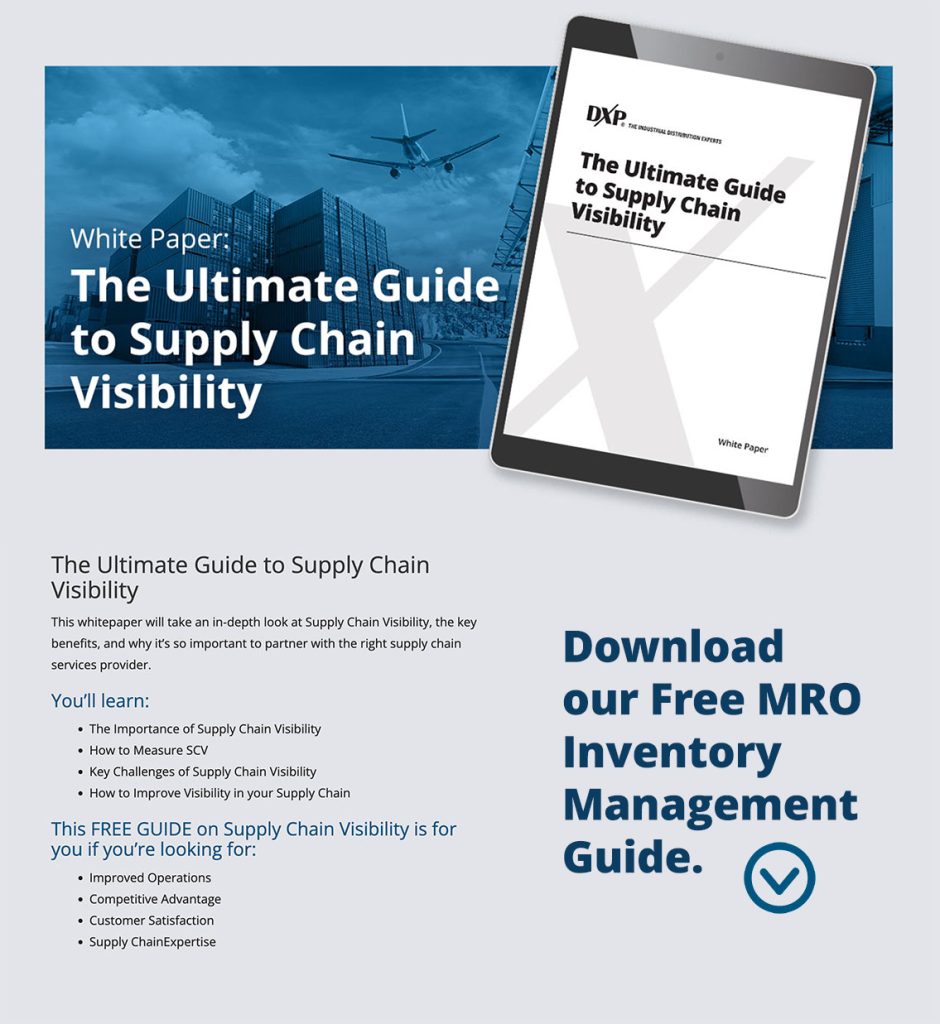
How to Plan Ahead for Rotating Equipment Repair
Rotating equipment keeps plants and facilities running, and like any hardworking machine, it eventually needs repair. Think of pumps, compressors, motors, and fans…these all wear down with heavy use. If you’re not ready when that happens, everything gets thrown off. Taking time to plan for rotating equipment repair makes everything smoother when problems come up.
Don’t Wait for a Breakdown
Breakdowns are always more expensive when they catch you off guard. Emergency parts, last minute labor, and missed production targets all pile up quickly.
But with a proper repair plan in place, you can schedule downtime, line up the right parts and technicians, and keep small problems from turning into bigger failures. Treat repairs as part of everyday operations, and they’ll feel less like emergencies and more like routine upkeep.
What Can Go Wrong with Rotating Equipment
We know that rotating equipment can fail in a lot of ways, sometimes from small oversights and sometimes from long-term wear. The good news is that most of these problems show early warning signs if you know where to look. By paying attention to those signs and having a plan, teams can turn potential breakdowns into manageable repairs and keep operations running.
Knowing what to watch for makes for better rotating equipment repair planning. Here, we’ve broken it down into 6 main categories.
Mechanical Failures
- Bearing wear and seizure from heavy loads or misalignment.
- Shafts sometimes crack, bend, or even snap under stress.
- Seal leaks that lead to fluid loss or contamination.
- Gear tooth wear or breakage in gearboxes.
Lubrication Problems
- Using the wrong lubricant for speed or load conditions.
- Over-lubrication causing overheating and leaks.
- Under-lubrication means parts run dry and wear out quickly.
- Contamination of oil or grease with dirt, water, or chemicals.
Alignment and Balance Issues
- Misaligned couplings creating extra vibration and noise.
- Unbalanced rotors or impellers leading to fatigue and cracks.
- A “soft foot” condition (when a machine’s base isn’t sitting flat) can twist frames and cause uneven loads.
Electrical Failures (for Motors)
- Heat or moisture can break down insulation over time.
- Stator windings can develop shorts or faults.
- Sudden voltage spikes may damage motor internals.
- Bearing currents from improper grounding.
Environmental Factors
- Chemicals or moisture can corrode exposed surfaces.
- Abrasive fluids flowing through pumps or turbines can eat away at parts.
- Extreme heat or cold can shorten how long components last.
- Dust and debris can clog moving parts or settle where they shouldn’t.
Operational Issues
- Running equipment outside of design limits.
- Starting and stopping machines too often puts extra stress on motors and gearboxes.
- Cavitation in pumps causing impeller damage.
- If operators don’t get proper training, misuse can cause avoidable damage.
Remember that most issues don’t happen suddenly, more often than not they build over time.

How to Build a Repair Plan
At DXP, we’ve seen how much smoother things run when rotating equipment repairs are planned instead of rushed. When you build small habits into daily operations, repairs are much easier to manage. Here are some steps you can start with:
- Track Equipment History – Keep notes on past repairs, swapped parts, and service dates. Over time you’ll start to see patterns, which makes it easier to know when the next repair might come up.
- Schedule Preventive Maintenance – Regular inspections, condition monitoring, and maintenance reduce emergency breakdowns which is why it is important to check vibration, temperature, and lubrication.
- Stock Critical Parts – Downtime often comes from waiting on parts, not the repair itself. Keeping common items like bearings and seals on the shelf means you can get machines back up faster.
- Work with Trusted Vendors – Build relationships with suppliers and repair shops you can count on, because vendors who know your equipment can suggest better parts and help shorten turnaround time.
- Plan for Downtime – Repairs are easiest when they’re coordinated with production schedules or planned shutdowns. By looping in operations, you can keep repairs from causing unnecessary disruptions.
Find a DXP repair center near you!
Rotating Equipment: Issues and Fixes
Each type of rotating equipment has its own common issues and repair needs, and knowing these ahead of time makes planning easier. Here’s a look at some of the most common equipment you’ll find in plants and facilities, along with notes on what to watch for when it comes to repair:
| Equipment Type | Common Issues | Repair Considerations |
| Centrifugal Pumps | Seal leaks, impeller wear, bearing failure | Keep seals and impellers in stock; align shafts correctly |
| Positive Displacement Pumps | Internal wear, lubrication problems | Stock repair kits; monitor viscosity and lubrication |
| Compressors (Centrifugal & Reciprocating) | Valve wear, overheating, vibration | Regular vibration analysis checks; clean intake filters |
| Motors | Overheating, insulation breakdown, bearing wear | Monitor temperature; schedule motor rewinds or bearing replacement |
| Fans & Blowers | Imbalance, blade wear, bearing failure | Balance blades; inspect for buildup or corrosion |
| Gearboxes | Gear tooth wear, lubrication breakdown | Regular oil analysis; maintain seals to prevent leaks |
| Turbines | Blade erosion, vibration, lubrication failure | Precision alignment; monitor vibration and temperature |
Including equipment like pumps, compressors, and motors in a planned repair program helps facilities reduce unplanned downtime and extend asset life.
Using Technology to Support Repairs
Technology is changing how facilities handle rotating equipment repair. Instead of waiting for a breakdown, plants can use predictive tools to see issues coming. These systems provide data that helps maintenance teams make smarter decisions.
Condition Monitoring
Modern condition monitoring systems use sensors to track things like vibration, temperature, pressure, and speed. This way you can spot problems such as imbalance, misalignment, bearing wear, or overheating before they lead to failure. Watching this data over time shows small changes, the same way you notice a car noise getting worse if you leave it unchecked.
Oil and Lubrication Analysis
Oil analysis checks for metal particles, viscosity breakdown, and contamination, giving early warnings of gear or bearing wear (and when paired with automated lubrication systems, reducing the risk of under- or over-greasing)
Predictive Maintenance Software
Computerized maintenance management systems (CMMS) and predictive analytics platforms integrate field sensor data with repair histories. They can generate work orders automatically when equipment crosses a threshold (such as high vibration or temperature rise) and help prioritize resources.

Remote Monitoring & IIoT
Industrial IoT devices use wireless sensors to send data to the cloud. Software then flags issues so plants can spot problems in pumps, compressors, and motors without doing all the checks by hand.
Advanced Diagnostics
Techniques like ultrasound inspection, laser alignment tools, and infrared thermography provide additional layers of insight. Used together, they offer a fuller picture of equipment health and help extend mean time between failures (MTBF).
By integrating these technologies, facilities can move from reactive repair to condition-based and predictive rotating equipment maintenance, which reduces unplanned downtime and maximizes asset life.
Contact DXP for Rotating Equipment Repair
At DXP, we’ve worked with plants big and small, and we know that planning ahead makes the process easier for everyone. When you need a hand, our team is here to guide you through it!
DXP supports customers with rotating equipment repair services, replacement parts, and industrial pump maintenance programs tailored to keep operations running. We also supply related products like bearings, seals, power transmission, and lubrication systems that support long-term equipment health.
Contact DXP today to speak to a specialist or find a repair center near you.

